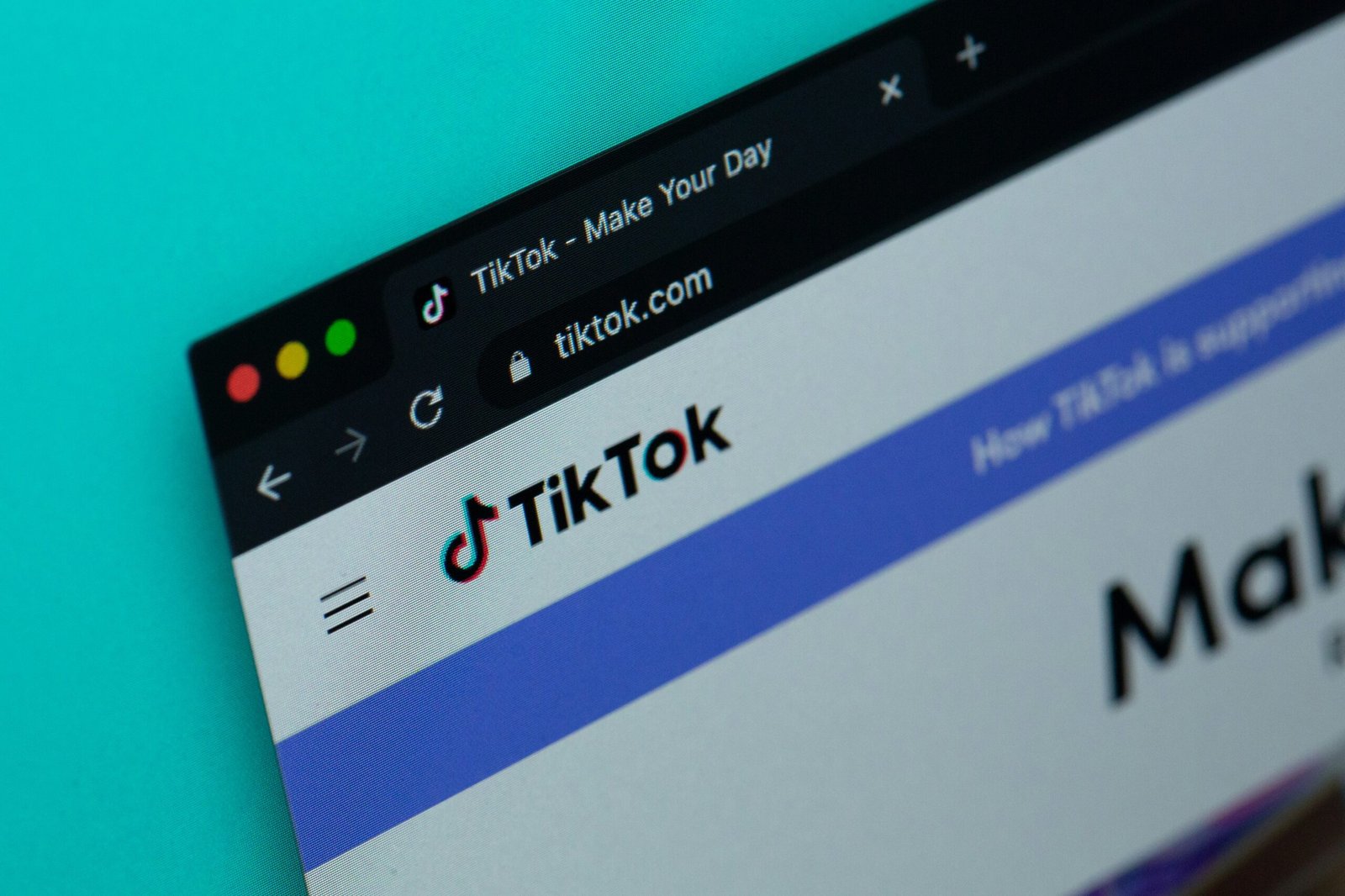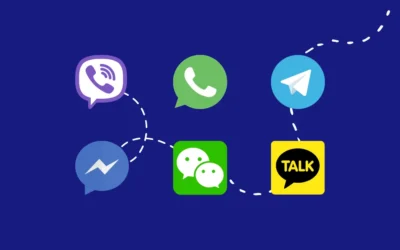TikTok is no longer just a hub for viral dance trends and catchy lip-sync videos. It’s become one of the most effective platforms for digital advertising.
Thanks to its blend of creativity and authenticity, TikTok gives marketers a unique opportunity to engage highly active audiences in fresh, meaningful ways.
However, launching a campaign is just the starting point. Real success lies in continuous optimization to align your ads with your goals.
In this guide, we’ll explore actionable, data-driven techniques to boost TikTok ad performance after setup.
Whether you aim to increase brand awareness or drive conversions, this article will provide you with a refined approach for impactful results.
1. Define Your Objectives and Key Metrics (KPIs)
Before diving into optimizations, clarify your campaign goals and the KPIs you’ll track to measure success.
•Objectives: Are you targeting brand awareness, engagement, or conversions? Each goal requires tailored strategies and metrics.
•Key Metrics: Regularly analyze impressions, clicks, click-through rates (CTR), and conversions to monitor performance.
For example:
•If your goal is brand awareness, prioritize engagement metrics over immediate conversions.
Keeping objectives front and center helps ensure every optimization decision aligns with your desired outcomes.
2. Refine Targeting and Audience Segmentation
TikTok’s expansive audience reach is a huge asset, but overly broad targeting can hinder results.
Leverage performance data from live campaigns to refine your targeting:
•Demographic Adjustments: Identify age groups, genders, or locations driving the most engagement and double down on those audiences.
•Interest & Behavior Targeting: TikTok’s interest-based targeting allows you to hone in on high-performing niches.
•Custom & Lookalike Audiences: Use custom audiences (e.g., website visitors) or lookalikes to re-target users and attract similar prospects.
Pro Tip: TikTok supports “AND” targeting for hyper-focused campaigns. Combine multiple audience filters (e.g., age AND interest) to narrow targeting further.
3. Optimize Your Ad Creative
TikTok thrives on visually compelling, authentic content. Regularly analyze performance metrics like CTR, completion rates, and engagement to identify winning creative strategies.
•A/B Test Creatives: Test video length, styles, messaging, and music to discover what resonates most.
•Stay Trend-Driven: TikTok trends evolve quickly. Update visuals, sounds, and formats to keep your content fresh.
•Prioritize Authenticity: Swap over-polished ads for relatable, user-generated-style content that feels native to TikTok.
Best Practice: Keep 5–10 creatives running per ad group to minimize ad fatigue. Start with bold creative differences to identify impactful elements quickly.
4. Leverage Automated Bidding
TikTok’s automated bidding tools simplify budget management but must be used strategically:
•Manual First, Then Automate: Begin with manual bidding for control, then transition to automated strategies (like Cost Cap or Maximum Delivery) as you gather data.
•Monitor Closely: Use performance insights to adjust bids, particularly when engagement is high but conversions are low.
Quick Overview:
•Cost Cap: Ensures your average costs align with your budget. Ideal for conversions or lead generation.
•Maximum Delivery: Maximizes results within your budget for broader goals like traffic and reach.
5. Fine-Tune Ad Placement and Scheduling
TikTok offers flexible placement options and scheduling tools to maximize ad efficiency.
•Review Placement Performance: Track results from TikTok’s automatic placements. Shift your budget to high-performing areas, such as the “For You” feed.
•Dayparting: Schedule ads to run during peak activity hours when your target audience is most engaged.
You can also opt for manual placements to test specific platforms like:
•TikTok (main feed)
•Global App Bundle (partnered apps like CapCut)
•Pangle (TikTok’s ad network)
6. Implement Retargeting and Ad Sequencing
Retargeting helps re-engage users who’ve interacted with your brand but haven’t yet converted.
•Engagement-Based Retargeting: Target users who viewed, liked, or clicked your ad but didn’t take action.
•Ad Sequencing: Build a narrative across multiple ads to nurture leads and guide them naturally toward conversion.
Stat to Remember: 72% of TikTok users recall brands up to three weeks post-exposure. Retargeting is a powerful strategy to solidify brand recall.
7. Optimize Landing Pages for Seamless Conversions
Ensure your landing page aligns with your TikTok ad to avoid drop-offs and friction.
•A/B Test Pages: Experiment with messaging, design, and CTAs for maximum impact.
•Page Speed: TikTok users expect speed. Optimize loading times to keep visitors engaged.
A cohesive, distraction-free experience from ad to landing page boosts conversion rates.
8. Explore TikTok’s Advanced Advertising Features
Stay ahead of the curve by leveraging TikTok’s innovative ad tools:
•Spark Ads: Use influencer content or existing organic posts to create ads that feel authentic and trust-driven.
•Dynamic Showcase Ads: Ideal for ecommerce, these ads dynamically display personalized product recommendations.
Embrace Continuous Optimization and Testing
TikTok’s dynamic nature requires ongoing testing and iteration. From creative tweaks to audience refinements, every adjustment sharpens performance.
By consistently leveraging data, experimenting with new formats, and aligning with TikTok’s fast-paced trends, you can drive measurable results and maximize ROI.
Stay flexible, stay creative, and your TikTok campaigns will deliver visibility, engagement, and conversions like never before.
Related Resources:
•[TikTok Marketing 101: How To Get Started]
•[TikTok’s Tools for Boosting Organic Content]
•[Social Media Marketing: A Complete Strategy Guide]




